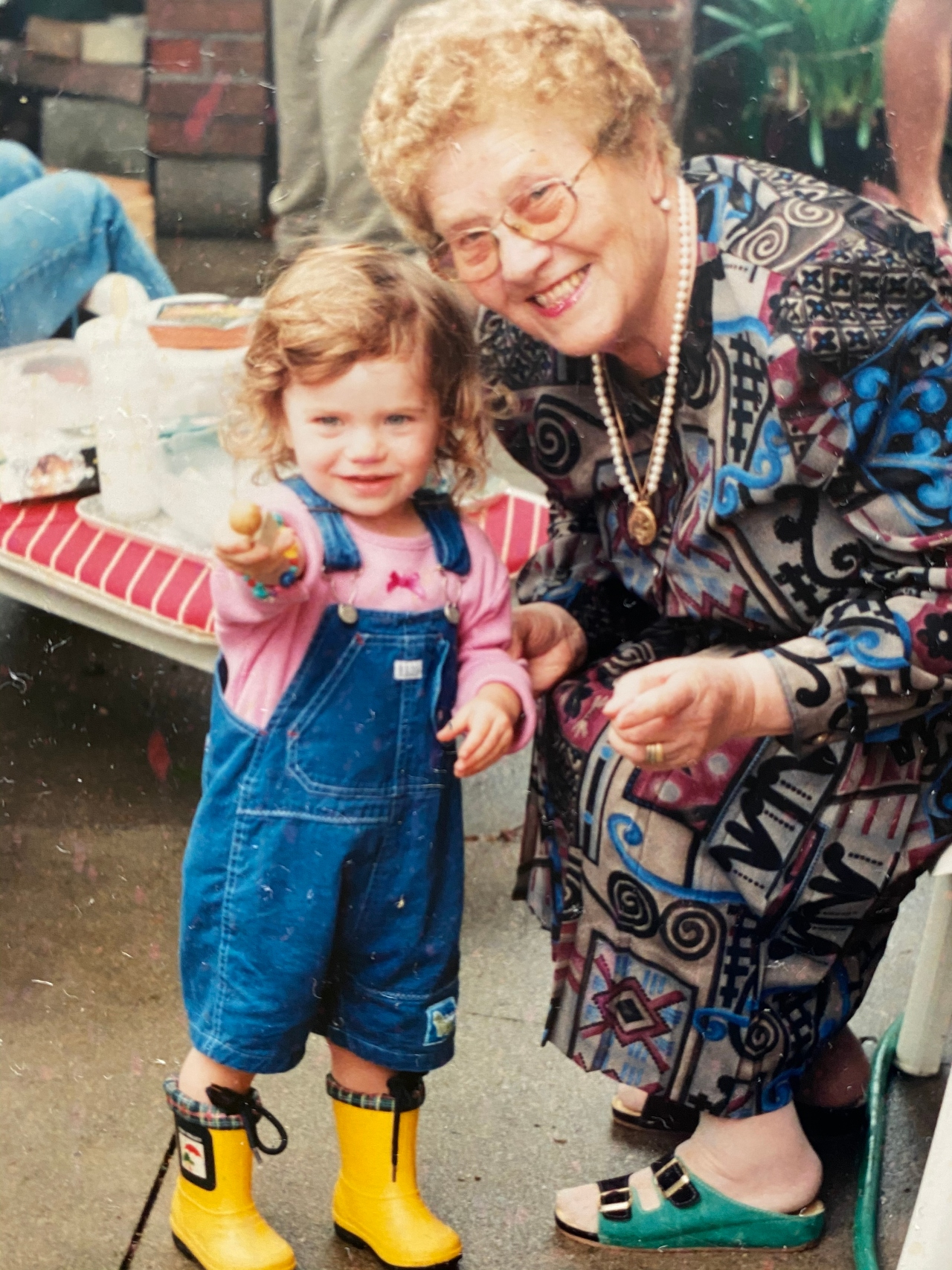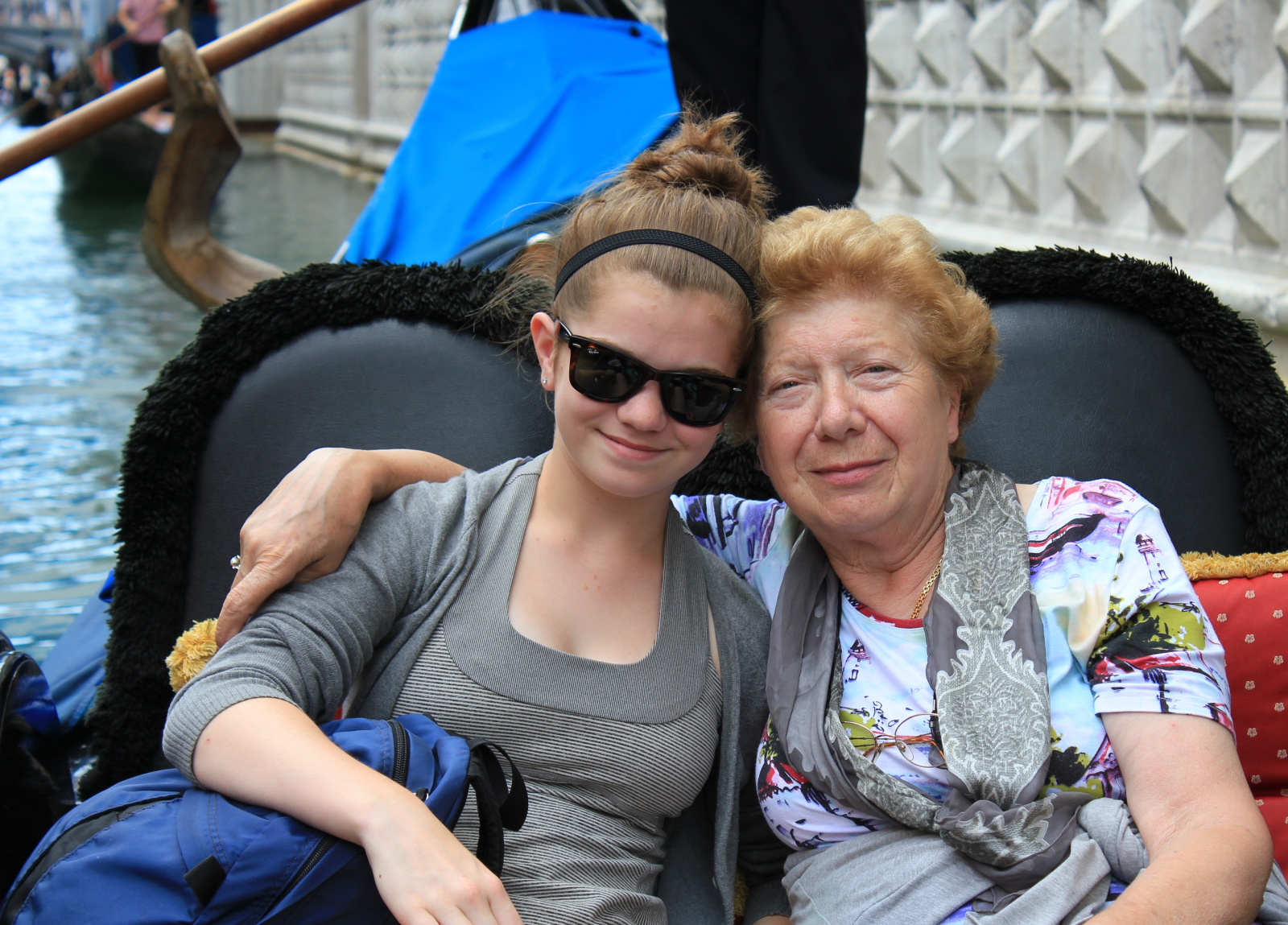A handful of young women rehearse the stories of an earlier generation, the young women of post-Second World War Italy who journeyed to Canada and made a new life here.
They amplify their immigrant voices, collected and curated in an exhibit opening this Sunday that Lorena McNamara says was inspired by her great-grandmother, her bisnonna Giulia Pancino (née Babuin).
The 25-year-old remembers her as “this tough, tough lady,” a fantastic cook who loved to play cards with friends while eating cheesy snacks and drinking grappa, and says her stories deserve celebration.

Curated by McNamara’s mother Laura Libralato, The Quiet Immigrant documents the diverse experiences of almost two dozen Italian immigrant women of the postwar generation.
“When these women were immigrating, they were younger than me, they were married, they had a child or multiple children, and it's just very surreal for me to even fathom picking my life up and packing things into one suitcase and moving across what feels like the world,” McNamara said.
Guilia came to Canada as a 29-year-old mother of two in 1949, working as a seamstress at Tip Top Tailors, McNamara said. While another of the women featured in the exhibit worked on a barbecue production line mostly with men getting paid much more than her for the same work. And many others had the qualifications they brought with them ignored.
“It really just puts things into perspective,” McNamara said. “The experiences that they had are so vastly different, but it made them so much stronger. And the fact that they never had the opportunity to tell their own story or share their loss or share their triumph is something that we really wanted to emphasize because now is the time.”
High school students rehearse a 25-minute performance animating the lives of Italian immigrants that will be part of the launch of The Quiet Immigrant project at Myseum. Video by Laura Libralato
The exhibit features artifacts such as landing documents, a train ticket from Halifax to Union Station in Toronto, and the passport of a woman whose photograph included her two children as was the custom at the time, but had to get it retaken because one had recently died.
“Your senior population is your history and it's your legacy,” she said. “These stories are real and they are truthful and they deserve to be celebrated long after these women will pass.”
The exhibit is in a rotunda with two levels, the first floor featuring submissions by 24 artists from various diaspora communities about their matriarchal influences, while upstairs is The Quiet Immigrant exhibit itself.
Here, Guilia and 21 other Italian immigrant women’s portraits are featured, along with bios in English and Italian, photographs of their hands to show the importance of the work they did in factories, kitchens and offices for many years (“hands tell time and hands tell their own story,” McNamara says), and another of something they love.
Interspersed with these profiles are stations representing the departure — the coat one woman wore on a ship to Halifax, a blue dress packed in another’s trunk, a portable radio another had brought over with them and news clippings from the era.

The project came about after Guilia turned 90 (Lorena was 11 or 12 at the time) and invited all her friends and family to celebrate. While rehearsing an impassioned speech with her daughter, Libralato wondered what might have been if she had the stage sooner.
McNamara said that because Guilia’s daughter Lillian arrived as a child she was able to complete high school and get into the workforce and work throughout her life, “which is a lot different than a lot of other women that we interviewed could say because they immigrated later on in life.”
Morgan Sharp / Local Journalism Initiative / Canada’s National Observer






Comments